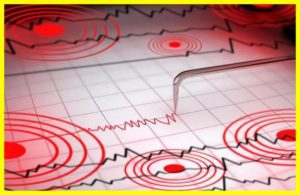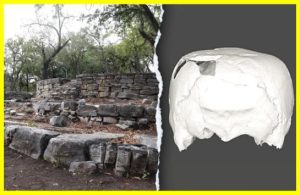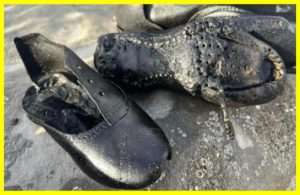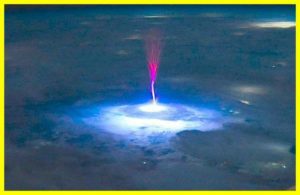How the ISS defense system works
Systems to protect the ISS from collisions with high-speed micrometeoroids.
Space is saturated with a huge number of microscopic particles, such as meteoroid debris and other small objects.
High-velocity micrometeoroids, only a few millimeters in size, can reach speeds of up to 70 km/s, posing a serious threat to the International Space Station.
To minimize damage from collisions with such microscopic objects, sophisticated protection systems consisting of several layers have been developed.
When approaching the space station, a micrometeoroid first collides with the outer layer of protection—metal panels designed to break and dissipate the energy of the collision.
The object then passes through a second layer of protection consisting of Kevlar shells capable of absorbing and deforming under impact, further mitigating its impact on the station’s internal systems.
If a micrometeoroid does penetrate the station, fire suppression and insulation systems are automatically activated, preventing the spread of damage and ensuring the safety of the crew.
The ISS evades larger objects by changing its trajectory.





















